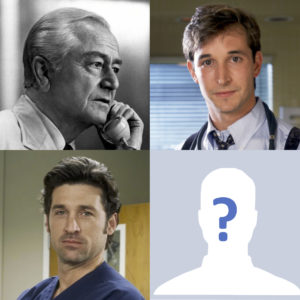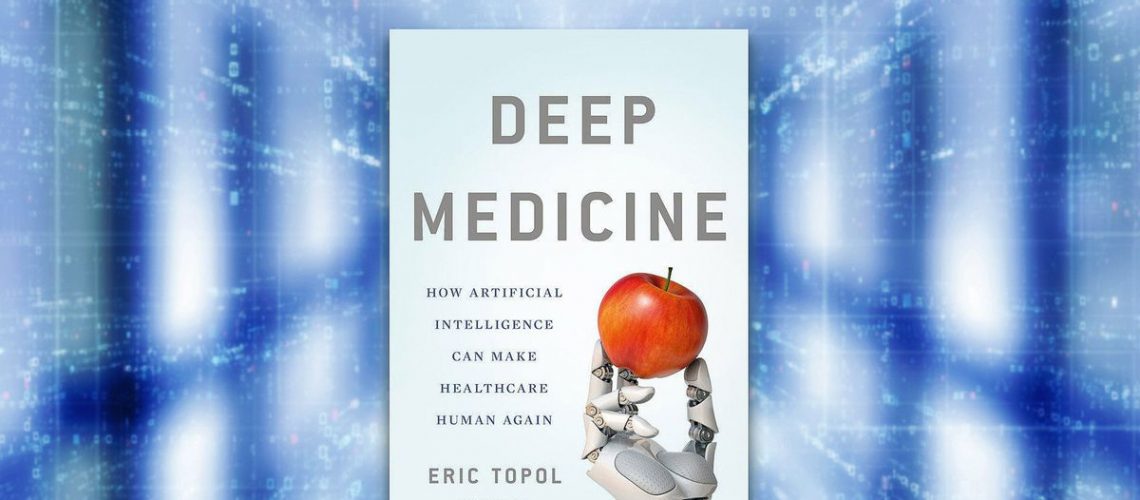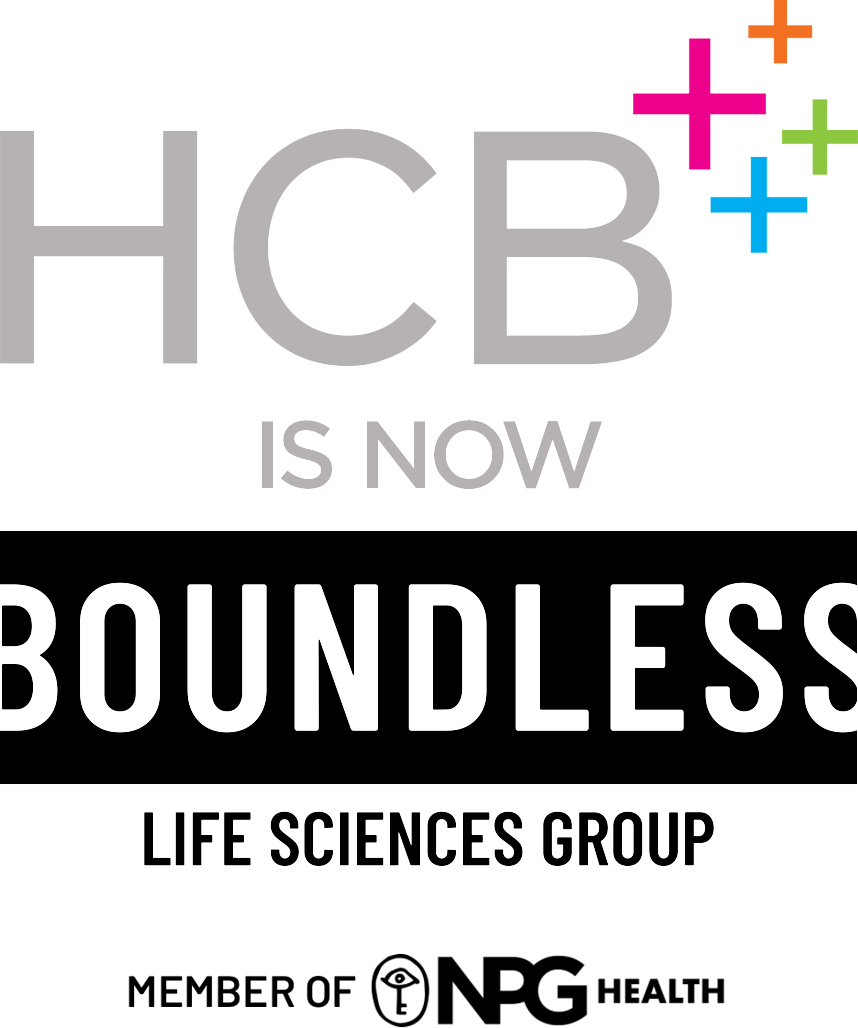 Aside from fictional doctors like Marcus Welby, Noah Wylie’s John Carter and Patrick Dempsey’s Derek Shepherd, relatively few physicians have become household names in the same way a celebrity would.
Aside from fictional doctors like Marcus Welby, Noah Wylie’s John Carter and Patrick Dempsey’s Derek Shepherd, relatively few physicians have become household names in the same way a celebrity would.
And when they have, it hasn’t always been because of the great science they made available to the public (as is the case for the man who is arguably our most famous doctor – more on that below.
There are even fewer doctors who can not only be credible to physicians and the public, but to be admired by both.
The doctor who best fits that bill today is Eric Topol, author of the recent bestseller, Deep Medicine: How artificial intelligence can make healthcare human again.
To give some context around doctor Topol’s impact on today’s society, I wanted to see if it was possible to quantify the kind of influence he’s acquired – both with the general public and among the scientific community. To do so, I used HCB’s impact analytics process and tools to compare Dr. Topol’s frequency of online mentions in 2019 with 3 other doctors who have a significant public profile: CNN Medical Correspondent Sanjay Gupta; US Surgeon General Jerome Adams and, arguably the world’s most famous doctor, Mehmet Oz.
The results were pretty striking. Among the general public, Dr. Adams was mentioned 120,000 times, Dr Topol 115,000 times, Dr Oz, 89,000 times and Dr Gupta 25,000 times. You heard that right; in spite of making 5 network television appearances a week, every week for the last 10 years, Dr Oz has been eclipsed by Dr. Topol in terms of the general public’s awareness – at least for the first six months of 2019. Among physicians, though, the numbers are even more striking.
During that same time period (January through June of 2019), I looked at a random sampling of 20,000 verified physicians online to see how relevant each of these four “public face” physicians have been in the medical community. During that time, Dr. Topol was mentioned by our physician panel 3 times as often as Surgeon General Adams, and a shocking sixteen times as often as Dr. Oz. In fact, 15% of all physicians mentioned Dr. Topol at least once in the last six months on their twitter accounts alone, compared to only 2% who referenced Dr. Oz.
When I think about health innovation, I have a firm belief that health care professionals, including doctors, are going to play a critical role in refining the science that will shape the health system – and getting to know those doctors can only help to accelerate that process. That’s why I’m really excited that I was able to interview Dr. Topol for this week’s DataPoint Podcast – You can listen below, or subscribe via your favorite podcast source here: bit.ly/DPTPshow
So how is it that Eric Topol has so captured the imagination of both the public and his fellow clinicians? His resume is one of those that is littered with impressive accomplishments, but it’s safe to say that his name became known in the clinical world as the head of cardiovascular medicine at Cleveland Clinic, which he led to he led to becoming the #1 center for heart care in the late 90s and early 2000s – and he also founded a medical school during his time in Cleveland – the Cleveland Clinic Lerner College of Medicine of Case Western University.
Dr. Topol also developed a reputation for being unafraid of challenging the status quo – playing a prominent role in raising questions about the safety of the drug Vioxx, which was ultimately taken off the market. As he moved more and more into the world of personalized medicine, he founded the Scripps Research Translational Institute in 2007 with a mission “to individualize healthcare by leveraging the remarkable progress being made in human genomics and combining it with the power of wireless digital technologies.”
As a researcher, he has published over 1200 peer-reviewed articles, with more than 230,000 citations (making him one of the top 10 most-cited researchers in medicine) and was elected to the National Academy of Medicine. In 2016, Topol was awarded a $207M grant from the National Institutes of Health to lead a significant part of the Precision Medicine Initiative, a prospective research program known colloquially as “All Of Us” – which is enrolling 1 million participants in the US.
Along the way, Dr. Topol has managed to write 3 bestselling books that have helped to shape the way that all of us think about the future of healthcare – The Creative Destruction of Medicine (2013), The Patient Will See You Now (2016) and now Deep Medicine.
There are a number of threads that run through Topol’s work over the years. The role that technology can play in changing the way that healthcare is delivered and experienced, to be sure. But also on how that shift will ultimately change the roles that patients and their care providers play and how they interact. It’s that human element underlying all of Dr. Topol’s work that I personally find most encouraging, inspiring and challenging.
There are some who’ve attempted to paint Topol as one of the hype-masters advocating for technology over humanity in health and medicine – but it’s easy to look below the surface and see how far from the truth that perspective is.
One of the ways I was personally exposed to that was through the course of my work studying the online behavior of physicians. In 2013, the American Heart Association and the American College of Cardiology published new – and pretty radically different – guidelines for the management of cholesterol. As with any major shift, they prompted some consternation on the part of physicians. But what was different in 2013 than in previous changes was that there were by then hundreds of thousands of clinicians on social media – which gave them the opportunity, for the first time in a long time, to actively shape the dialog.
But even though those clinicians had the capability to change the status quo, there was still reluctance to publicly question the powers that be – a trait that has been built into medical education and culture from the beginning. It wasn’t until a lone doctor had the chutzpah to call existing guidelines and practices into question that the dam burst. After that, ongoing public conversation among physicians about cholesterol management increased 5-fold – and stayed there.
And for the first time, that conversation wasn’t the bland, “know your numbers” tropes that had previously dominated the space – it was physician-scientists joining in public debate with a willingness to openly question the limitations and even the validity of the guidelines.
The lone doctor whom I credit for breaking that dam was, of course, none other than Eric Topol. For me, there’s no better proof of his focus on empowering patients and clinicians to take the reins in shaping the future of care delivery.
Here’s the new guidelines: your choice- high-intensity statin or moderate-intensity statin http://t.co/J97rI6xS2j pic.twitter.com/sS9XbfRUzq
— Eric Topol (@EricTopol) November 13, 2013
Greg Matthews is the founder of HealthQuant, a Healthcare Data Strategy & Innovation consultancy, and is a regular partner of HCB. Follow Greg on twitter here.


